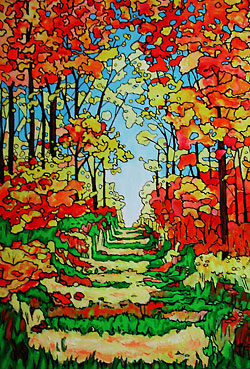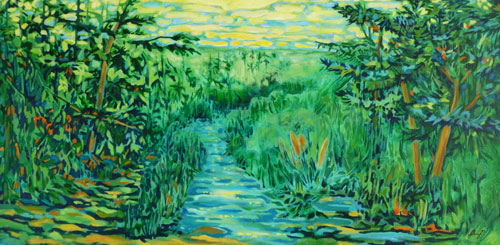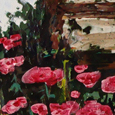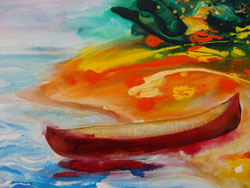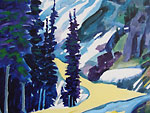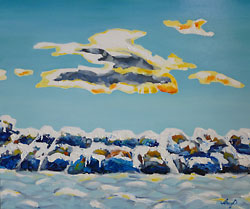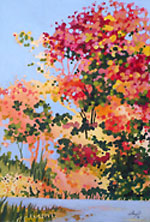The current class is enjoying learning from Lawren Harris and A.J. Casson. Both were members of our Canadian Group of Seven. Both also employed a beautiful simplification and smoothing of form. One of the things we have learned, is that the simplification is more complex than you imagine from just viewing the painting. When you actually start to paint through one of their works, there is more detail than you might think initially, and the exact value and colour shifts are subtle and so skillfully done. Here is a link to see some of Lawren Harris’ works – enjoy!
Paintings by Lawren Harris – find link on my website
cherylo.ca, if reading this on facebook or elsewhere.
